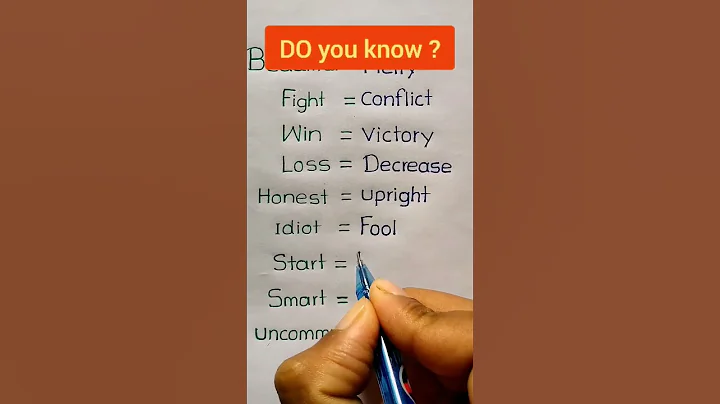
Teacher Wenlong , if I say that when the teacher leads the students to read the poem " Deng Feilaifeng", they are already aestheticizing it, what kind of aesthetic do you think this is? Can you tell me?
Reading aloud is to perceive the beauty of rhythm brought by a text form. But when reading aloud, one also has a perception of the beauty of the content, but this perception is holistic and comprehensive - hazy. The initial perception of writing is the comprehensive and overall beauty of the text content that students recall when writing together. In this kind of writing, he essentially wants to name the beauty of this content. Of course, most of this naming is incomplete and inaccurate, but this naming behavior is meaningful in the course theory .

As far as "writing perception" is concerned, I would say it is a preliminary naming of beauty. Speaking of recognition is too broad and can easily be misunderstood.
Teacher Wenlong, in our preliminary reading operation in class, why do we ask students to close the book and write the overall perception after reading, instead of opening the book and looking at it to write the overall perception?
pair. What is written when you close it is the overall perception. When you open the book and read it, what is written may be partial information of the text you are reading - it is not even a perception.
took a look at Wang Qing’s “Unconstructive Interpretation of Junior High School Chinese Novel Texts”. It's a paper, not a course. This book is meaningful for people to understand non-conceptual scholarship. If front-line teachers directly apply the analysis in the book after reading it, it will lead to indoctrination in the classroom. Because this book does not focus on what students can do or how to do it.
There is still a long way to go from papers and books to courses. If it were not for fission, individuals may not be able to bridge it in their lifetime. For example, although I wrote the book "Composition Thinking" in 2005, if I hadn't watched Mr. Ma take a composition class in person in 2012, I might not have put the knowledge of the book I wrote into a curriculum throughout my life.
Therefore, in this sense, Qian Guoxiang despises the paper because he is arrogant but not arrogant.

The biggest problem with the reading classes of front-line teachers is that they replace the reading process with reading tests. In other words, they do not do reading tests, do not ask questions, and do not allow students to answer questions. They do not know what to do in the classroom. This is how the experienced online teachers at Chengdu’s prestigious schools teach classes. Ph.D. students in literature who have just graduated from prestigious universities also take classes in this way.
Even those pioneer Chinese teachers in New Education are obsessed with the so-called classroom dialogue and use question and answer to solve the curriculum process of reading. In the modern reading class of text reading, they copied the teacher-student question and answer method of Confucius , and the dialogue method of Socrates . However, they do not know the question-and-answer dialogues of Confucius or Socrates and are not taking a reading class. Ours is a reading class where the textbooks are reading content.
is not just a public class, it is an ordinary class, they are also. Even, not even lively.
Teacher Wenlong, taking "Climbing Feilai Peak" as an example, we asked students to underline key words or key words in the poem, and add brackets to write understanding comments. What do you think these two actions (line drawing and annotation) have to do with aesthetics?

Drawing lines—drawing keywords or key words or key words in the poem one by one. This behavior is the reader's aesthetic intuition of the text. The line of drawing makes this intuitive inner behavior an external display of traces and traces. This kind of intuitive traces makes it easier for readers to confirm the beauty (of course they may make mistakes), and at the same time, it also makes it easier for teachers to observe their reading engagement (authenticity). The
annotation is the name given to the intuitive beauty in poetry.





















